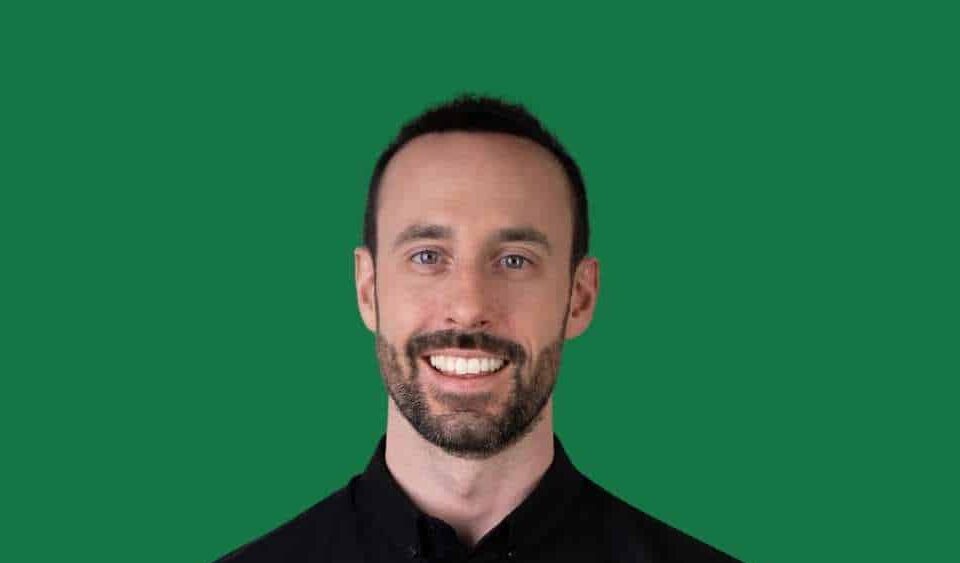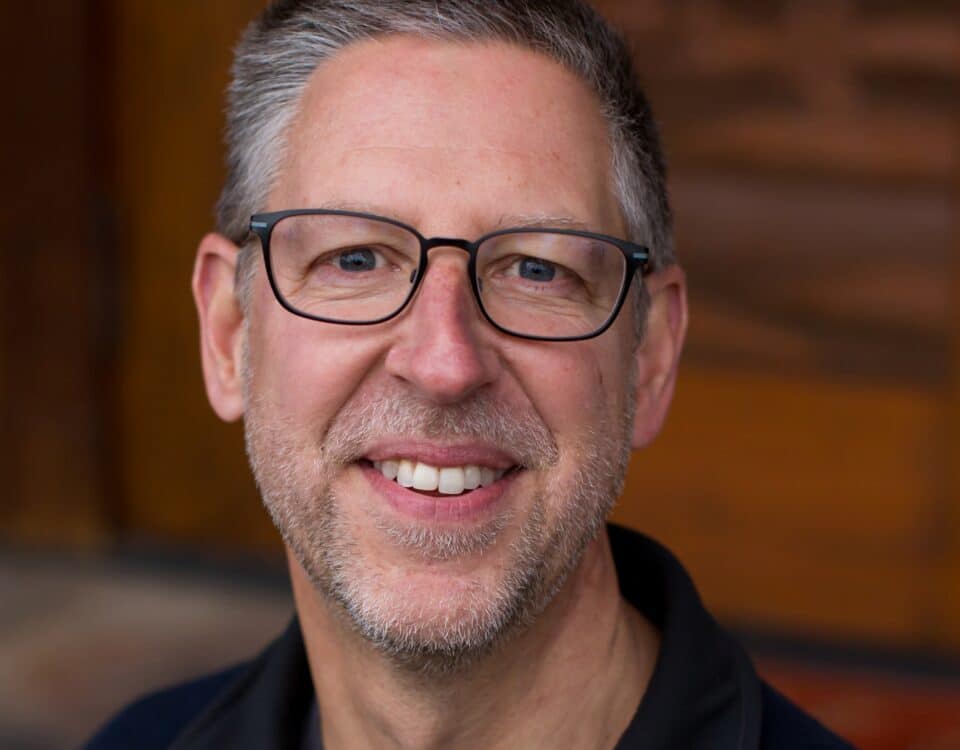Retail trade group expects holiday sales to rise by all-time record, despite congested ports
October 27, 2021Revealed: The European VCs who’ve backed the most female founders
November 2, 2021By Verne Harnish
Palmer-Donavin is a distributor of building materials founded in Columbus, Ohio in 1907. Although it is more than 100 years old, the now-560-employee company, which brings in about $280 million in annual revenue, is on a tear when it comes to growth.
In the past year, the company—a client of Scaling Up Certified Coach Rick Crossland—added 90 employees to its payroll. It also reduced churn on its team. “We have the lowest turnover rate in seven years,” says Shawn Richard, vice president of HR.
One reason Palmer-Donavin has become so attractive to employees is its attention to its benefits package. The company introduced an employee stock ownership plan (ESOP) in 2007. (You can read more about it in Scaling Up Compensation, a new book Sebastian Ross and I co-authored).
An early bet on an ESOP
At the time of its ESOP, Palmer-Donavin had three owners. None had heirs actively involved in the business. They saw the ESOP as a potential part of the company’s succession plan and created an ESOP committee and an ESOP communications committee to investigate. “We had to evaluate the transaction on behalf of the employees,” says Richard.
When the ESOP passed muster, the owners sold 100% of the shares of the company to an ESOP trust the company set up for its employees and remained on the board. “There are tax advantages to the selling owners when they sell to an ESOP,” says Richard.
Under the plan, all employees now get an equal share of the company per eligible dollar of payroll, once they have been with the company six months or more. Shares are allocated based on the employee’s proportion of total company salaries. “If my payroll equals half a percent of the overall company’s payroll, I get half a percentage of shares allocated for that year,” explains Richard. The benefit varies based on company performance and has been as high as 24% of compensation.
What makes the ESOP so attractive from an employee’s perspective is they don’t have to pay tax on the contribution they receive until they take a distribution, usually when they resign or retire from the firm. The firm grants shares to new employees after six months of service but the shares vest over six years. This serves as an excellent retention mechanism for talented employees who don’t want to lose the equity they have accumulated. The first millionaire who is a front-line employee will retire under the current CEO, Robyn Pollina.
Embracing an employee-first culture
The ESOP is an important part of Palmer-Donavin’s culture but not a magic bullet. “It doesn’t automatically make people care about the company,” says Pollina. “If you don’t have an employee-first culture, it’s probably not going to resonate.”
To that end, the company has tapped the Scaling Up platform, with guidance from Crossland, as it has grown. Palmer-Donavin also embraced servant leadership long before the ESOP, Pollina says. And given that the employees are owners, she says, “We treat our employees like shareholders because they are.”
Keeping employees informed
To remind employees of the value of the plan, the company produces a benefits statement each year that shows them what went into their ESOP. Employees are able to cash out of the plan if they leave the company.
However, shares are only valued once a year, so those who wish to cash out may have to wait until the next valuation period. “Because the company is not publicly traded, we have to have a valuation firm come in,” says Richard. “They determine a fair market value for the stock.”
The ESOP has a trustee who, in turn, decides whether or not to accept the valuation. “There is additional governance that comes with being an ESOP,” Richard says.
Palmer-Donavin has found the ESOP is costly to maintain, given compliance and other costs. “The biggest cost associated with the ESOP is you are essentially recapitalizing yourself constantly,” Richard says. “You have to have really good cash flow to make the ESOP possible. You’re constantly buying out shares. If you have 560 employees and 100 leave, you have to have the cash to buy those shares out.”
To stay on top of this, the company does an annual repurchase study. “What you’re looking at is, over the next 20 years, how much do we expect to pay out to ESOP participants?” Richard says.
Beyond the ESOP, employees are also eligible for a 401(k) plan, where the company provides a matching contribution. Employees are automatically enrolled, and there is an automatic step-up.
“We want them to be prudent investors,” says Richard. “If, God forbid, the company was going to suffer a financial calamity, they won’t end up with their money in a single stock.”
Acing acquisitions
One additional advantage of having an ESOP for scaleups is the edge it brings during acquisitions, as Palmer-Donavin discovered during two major acquisitions that added almost 260 employees to its team.
“When we acquired these companies, the owners were selling all shares to an ESOP, which for them was tax-exempt,” Pollina says. “With similar offers on the table, a selling owner is much better off from a tax perspective selling to an ESOP versus a non-ESOP.”
While an ESOP does take work, it can be a powerful tool for scale-ups with ambitious growth strategies. With its ESOP on track, Palmer-Donavin shows no signs of slowing down.




